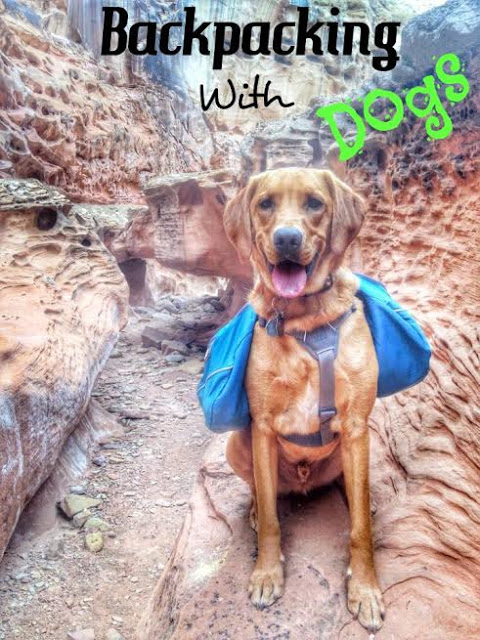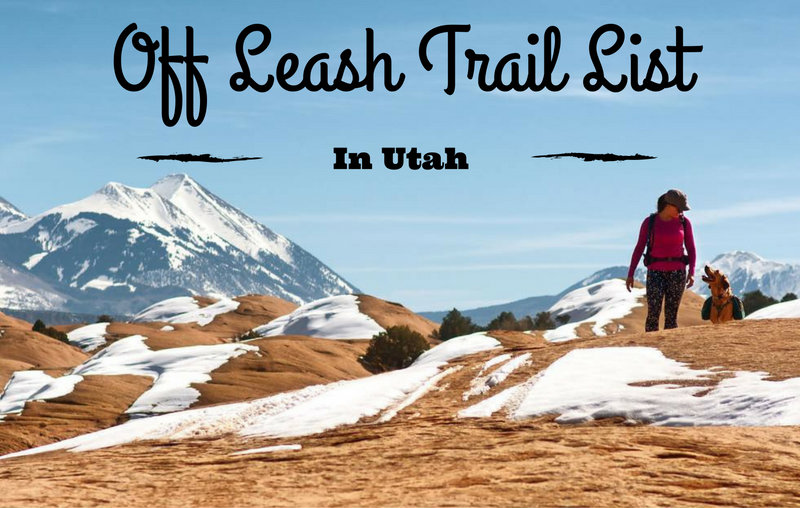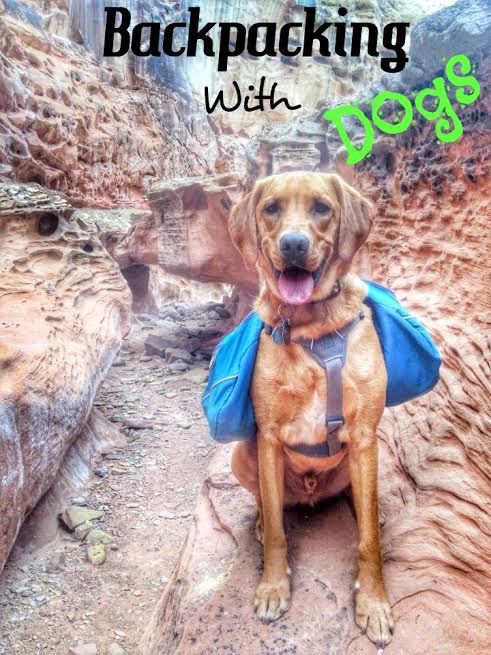

Backpacking with your dog is one of the most enjoyable bonding activities you can do together. Whenever I pull out Charlie’s Ruffwear Pack he starts jumping around – he knows that another adventure is around the corner. There’s nothing that compares to seeing Charlie’s smiling face as he runs free in the back country, then having him snuggle me by the campfire after a long day of hiking and exploring. With the right planning and preparation, your trip will be fun, safe, & memorable!
Here are some Do’s & Don’ts when shopping for a dog pack.
DO select a backpack specifically designed for dogs.
You want a backpack that can withstand the elements, carry objects, and keep your dog comfortable and safe. Look for one made with water-resistant, durable, and breathable materials. Another important feature is proper padding. With added weight, there’s extra pressure on your dog’s chest and straps, so check those areas to ensure your dog’s comfort.
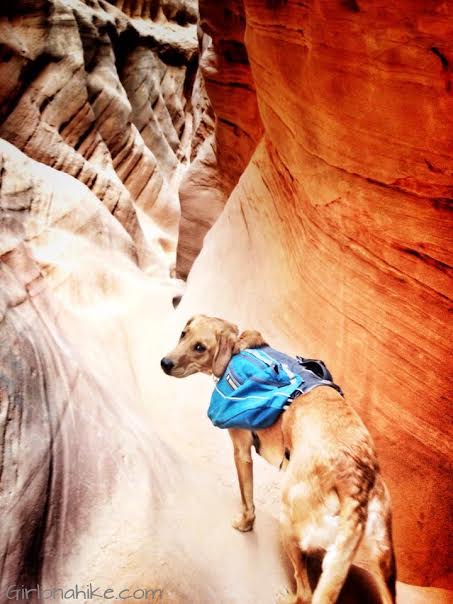
DON’T rely solely on your dogs weight for sizing.
Measure around the largest part of your dog’s chest to get the right fit. Use a cloth tape measure around the deepest part of your dog’s chest. If you buy a pack at REI, they will help fit your dog to a pack. Usually they will come out to your car and measure and fit them, since they aren’t allowed in the store.
For most dogs, 10%-12% of their body weight is a good starting point. This would be 5-6 pounds for a 50 lb dog.
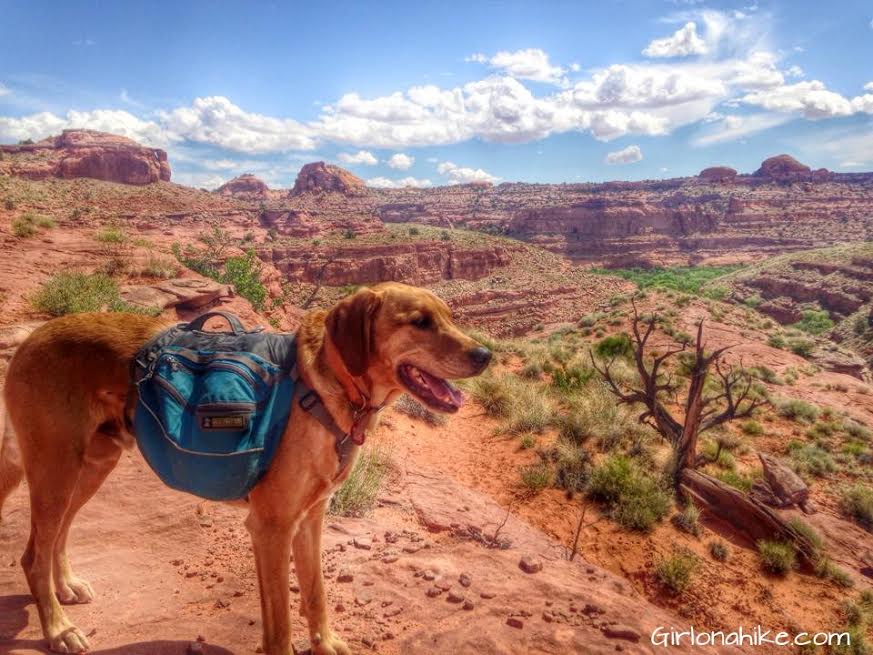
DON’T guess the weight of your dog’s backpack.
After you’ve loaded the backpack, you may find that you accidentally went over the weight limit. Keep a scale in a convenient location so can verify the load your dog carries before the hike.
DO get creative with what your dog carries.
Many people stress about how to add weight to the backpack. Allow him/her to carry their own toy, water bottles, poop bags, or other items you might need on the hike (ahem, beer). If you allow him/her to carry car keys or other pointy objects, make sure they aren’t poking through, causing discomfort to him/her.
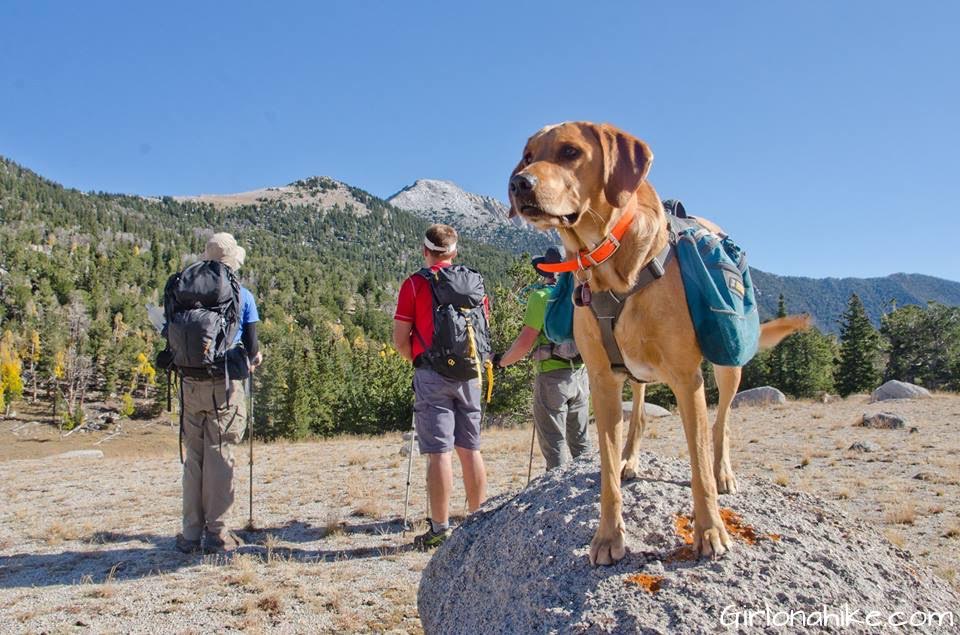
DON’T give up if you dog is initially resistant.
Many dog’s find the backpack strange at first and may try to paw it off. Start by letting your dog get used to the backpack without any weight. Keep the experience short, and make it positive by associating the backpack with feeding time, treats, or praise. Gradually increase the weight you allow your dog to carry.
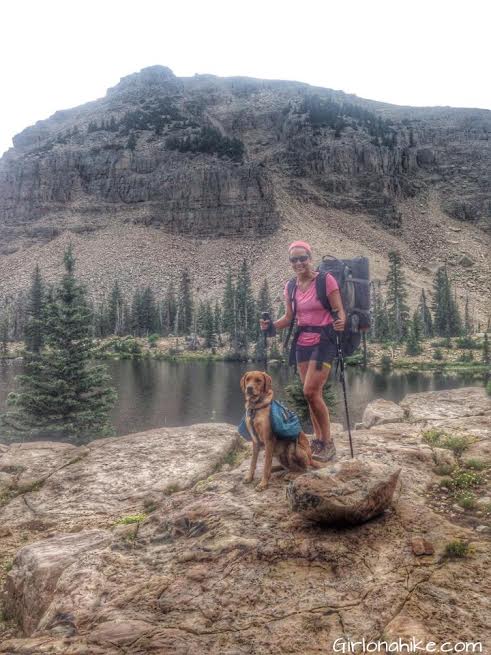
When Charlie first wore his pack he always tried to paw it off. I just sprayed the Sour Apple Dog Spray on the pack, then he was ok with it. It’s important to note that “resistance” isn’t the same as “pain”. If you have any concerns about your dogs ability to carry the backpack, remove it immediately.
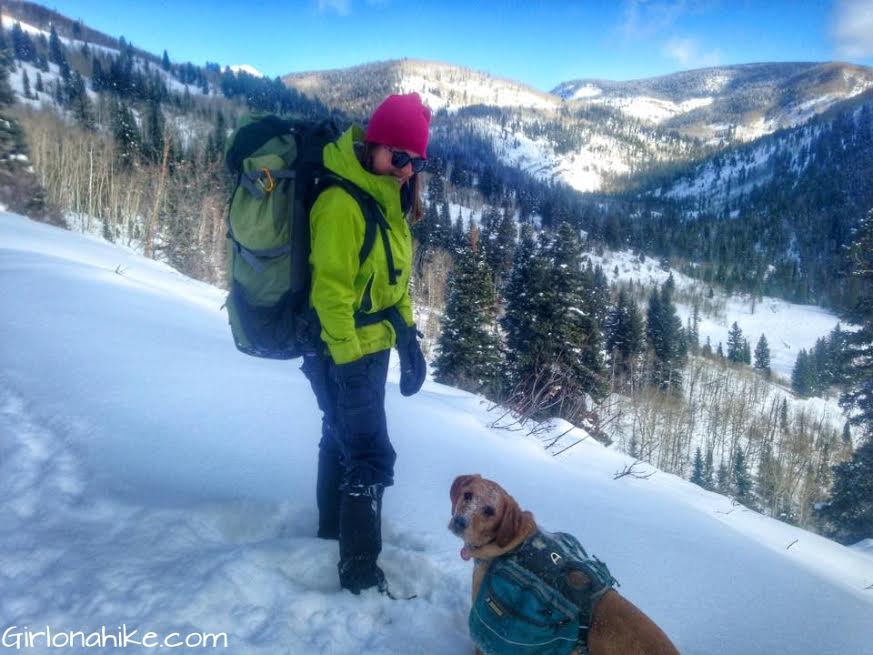
I highly recommend the pack Charlie has, the Ruffwear Approach Pack for short trips (1-3 nights) or the Palisades Pack for longer trips (4+ nights). It’s kind of pricey, but it is really well built, comfortable for him, and has several pockets to carry items. It’s also a good idea to bring a Dog First Aid Kit, but make sure you actually know how to use the items or replace items out with things your dog may need. For instance, I put extra gauze in there because most of the issues Charlie has had on the trail is cutting himself by a branch or from rocks. Super Glue is also a handy item, in case you need a quick suture.
What does Charlie carry?
His food, in ziplock baggies
At the end of the trip, he carries some trash for me
In Summer, his own water bottles
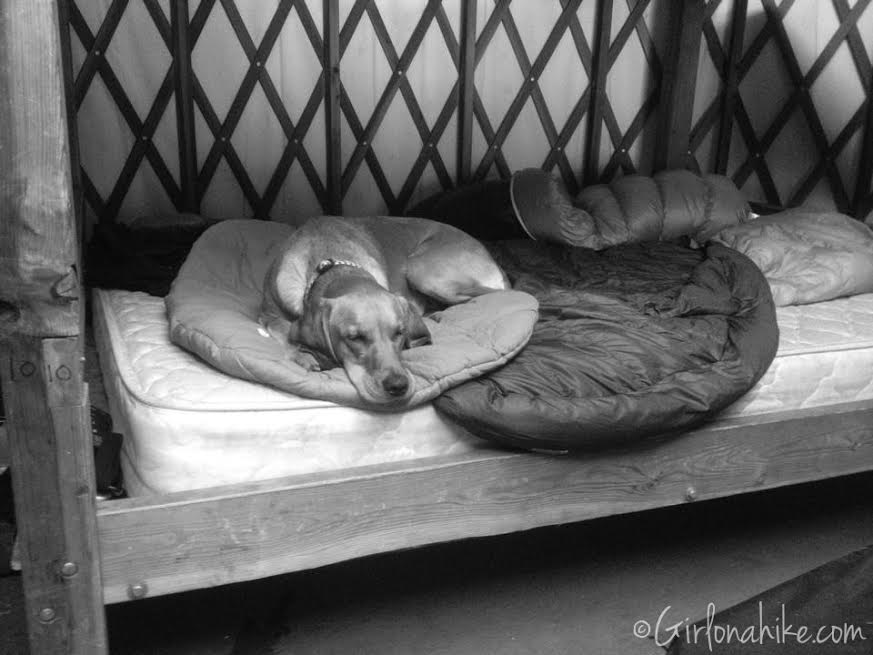
Where should my dog sleep?
This depends on what the weather is going to be like, or how extreme it might get, for the days you’ll be on the trail. It also depends on if your dog likes to sleep near you or not. Charlie will not sleep outside the tent – he likes to snuggle too much and I’m not complaining about him providing some extra warmth. However, one of my friends never lets the dogs into the tent, and they sleep outside where they please. When Charlie and I backpack I bring his camping bed. If it’s a really cold night, I will put his Ruffwear Quinzee Down coat on him.
Where can I backpack with my dog?
This depends what you live. Most State Parks require dogs on leashes and can do most trails; most National Parks don’t even let dogs in the park. Sometimes they will allow dogs in on one or two trails, but not usually the popular, fun trails. The best type of area to backpack are the back country trails, which are usually on National Forest land. In Utah, the Uinta Mountains are perfect for taking your pup on an adventure because dogs can be off leash on all trails, plus it’s free to camp. Click here to see a list of all the Utah National Forest areas. Be sure to check each trail to make sure dogs are allowed before heading out, and always carry poop bags in & out with you.
Also check out
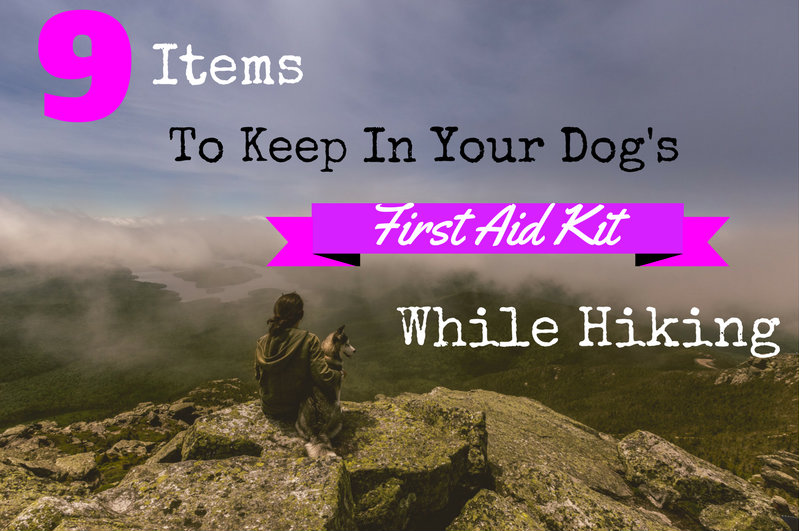
Check out these 9 Items to Keep in your Dogs First Aid Kit while Hiking and Backpacking!

Charlie & I hope you have a blast backpacking with your dog!

Save me on Pinterest!
